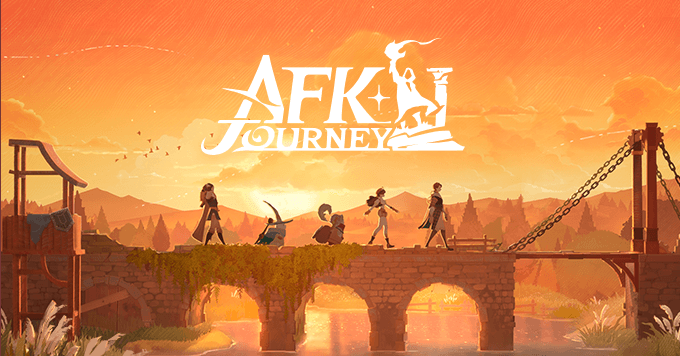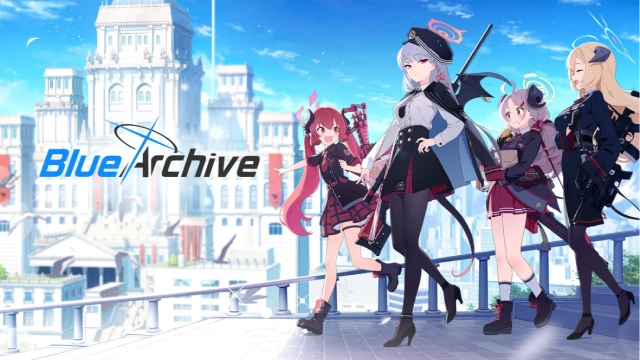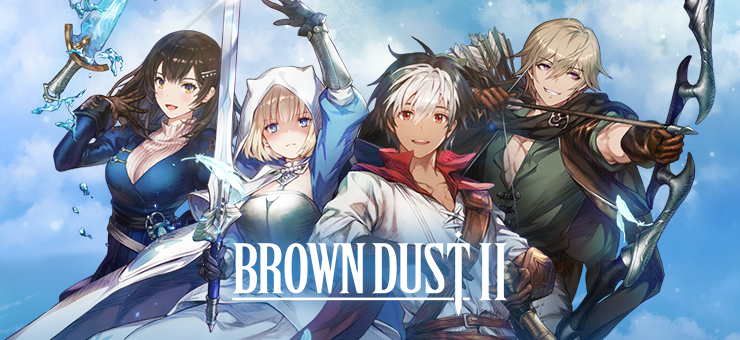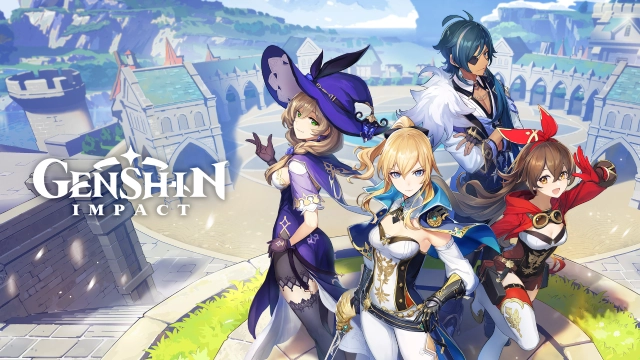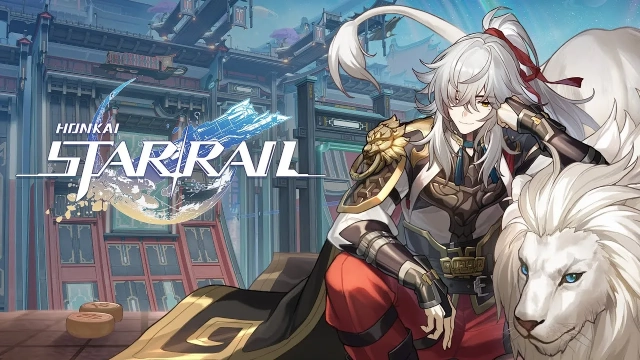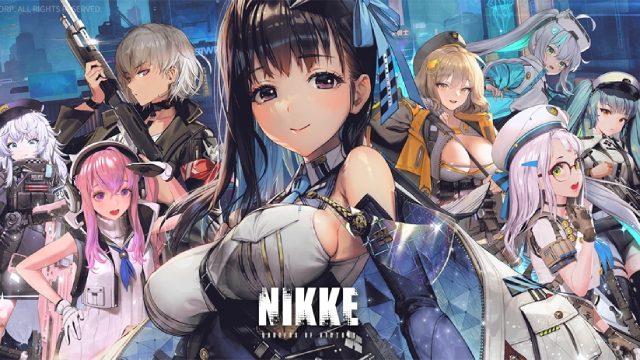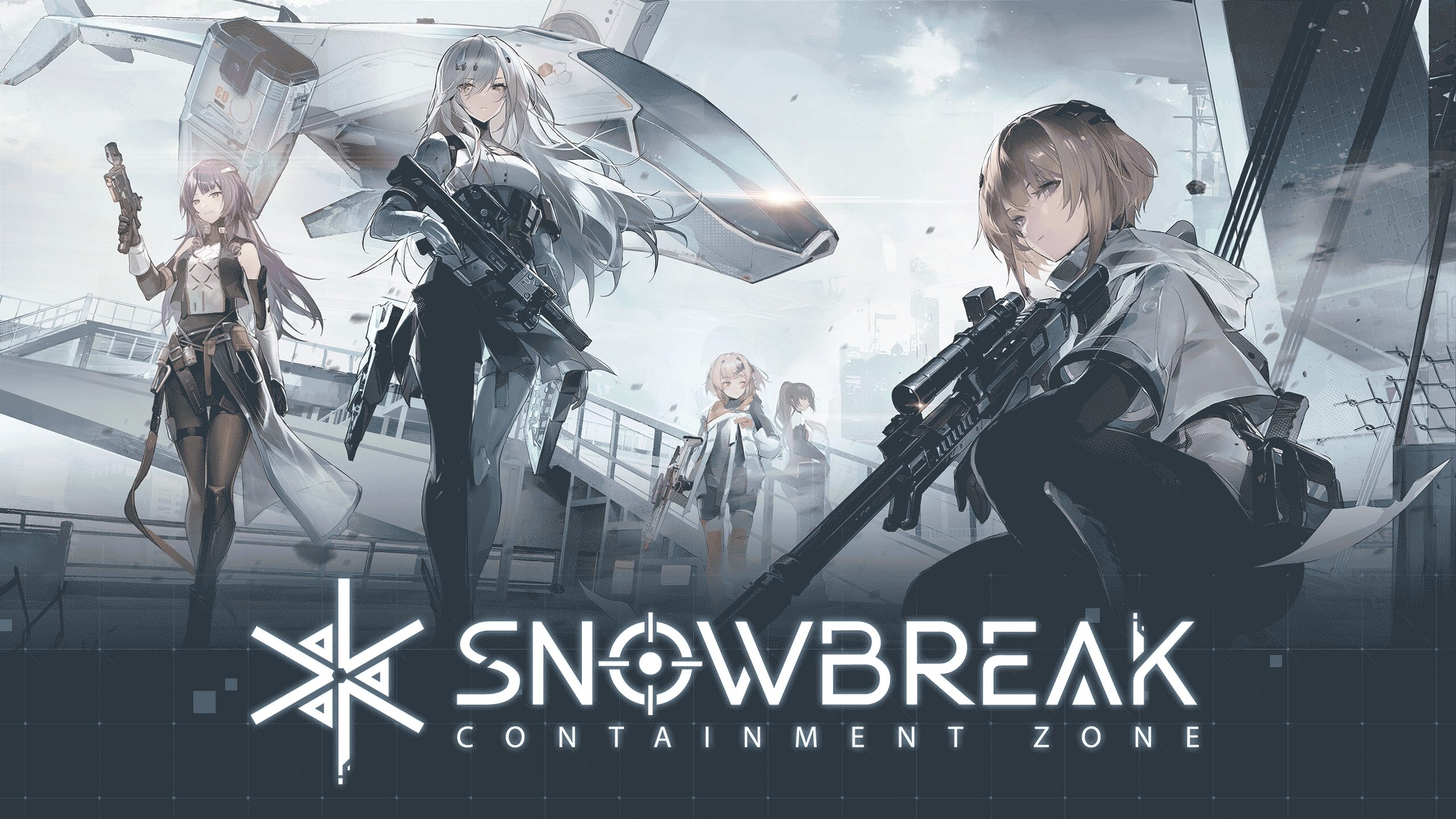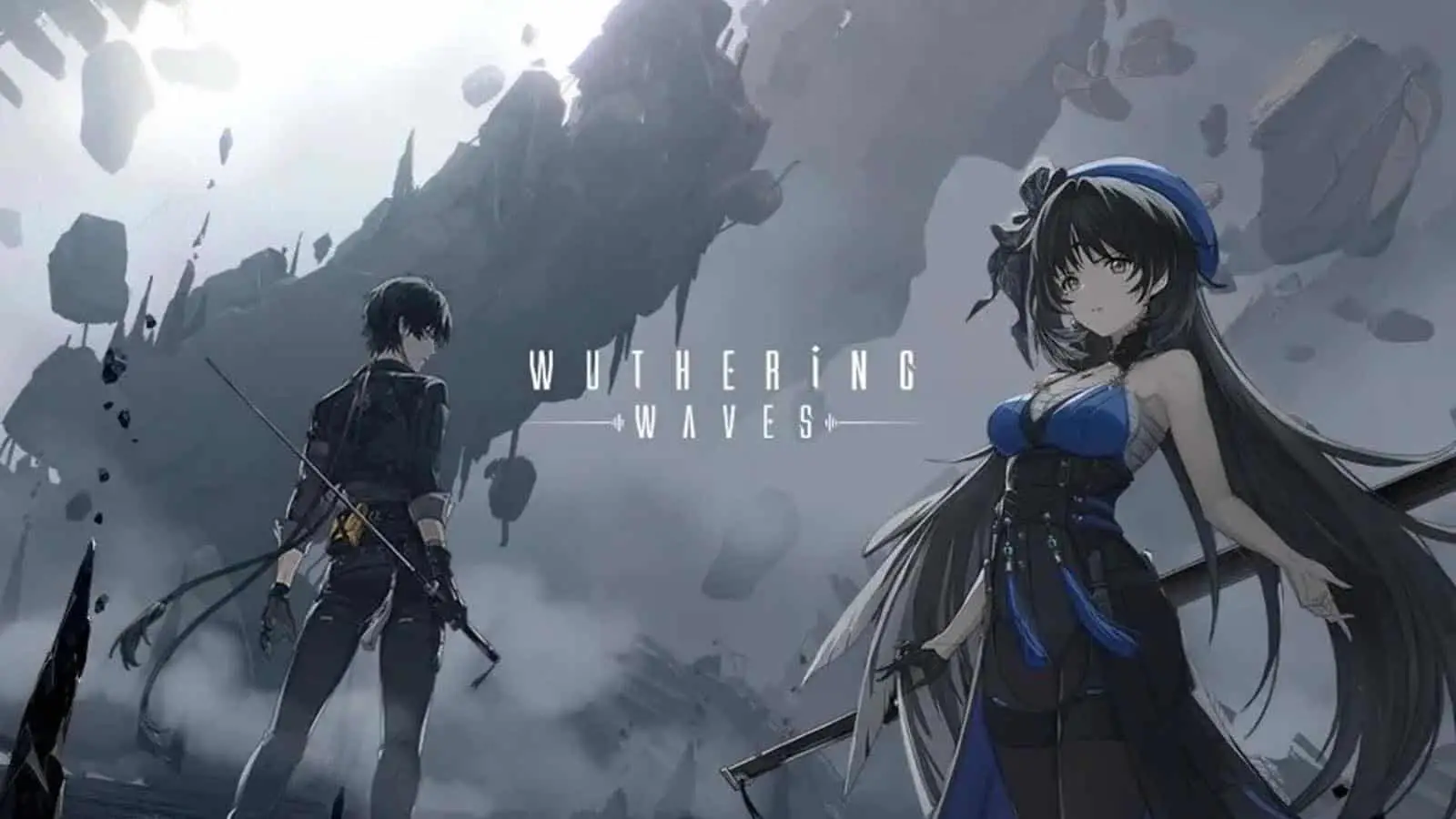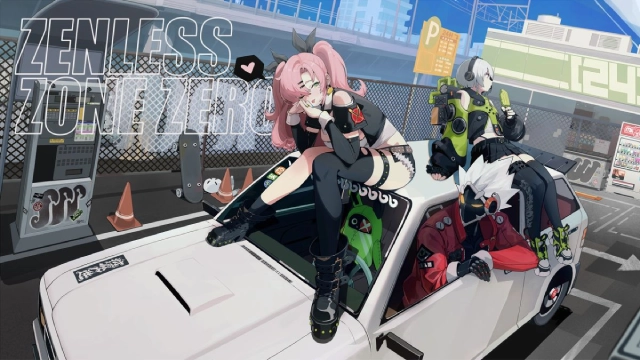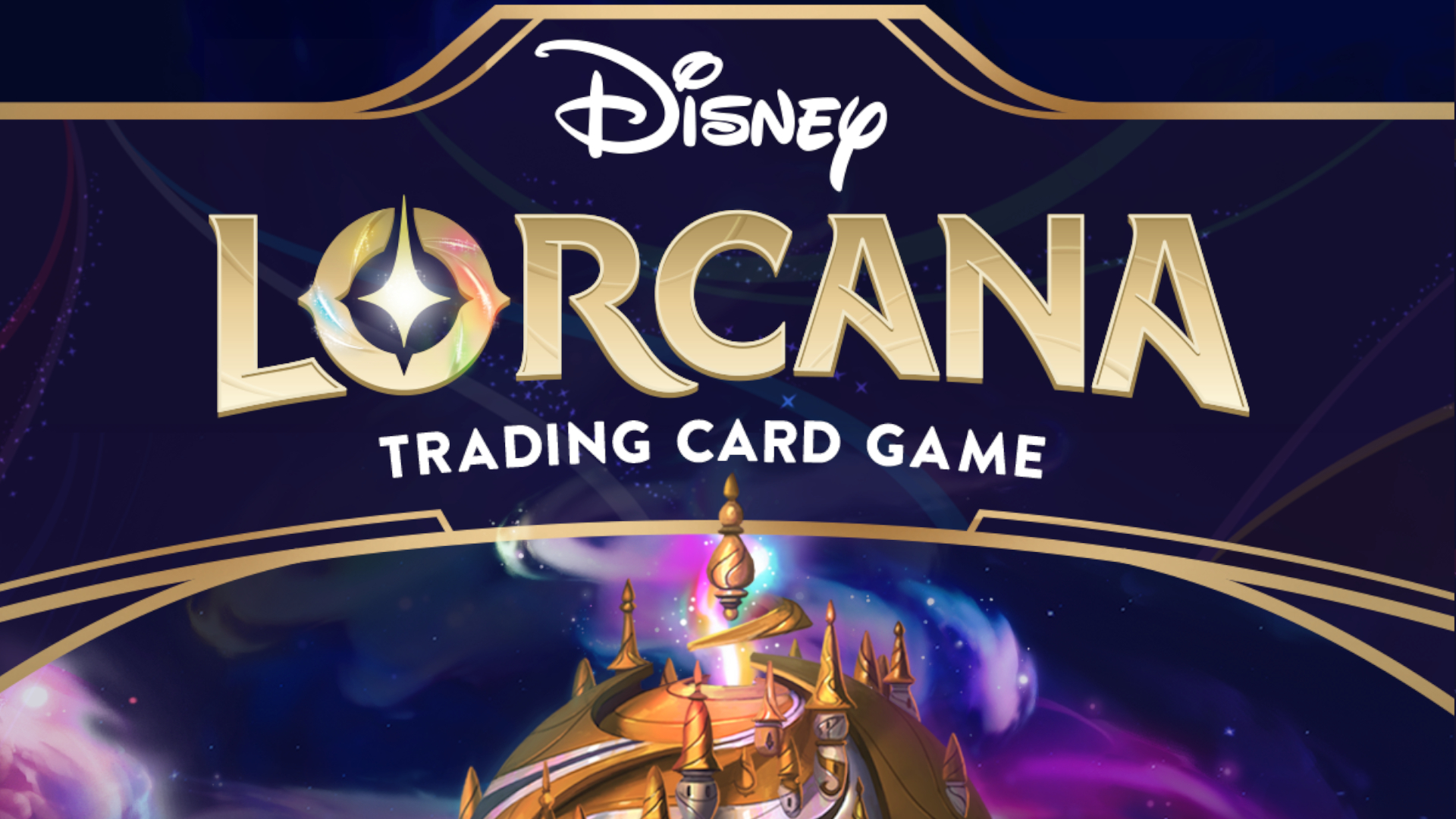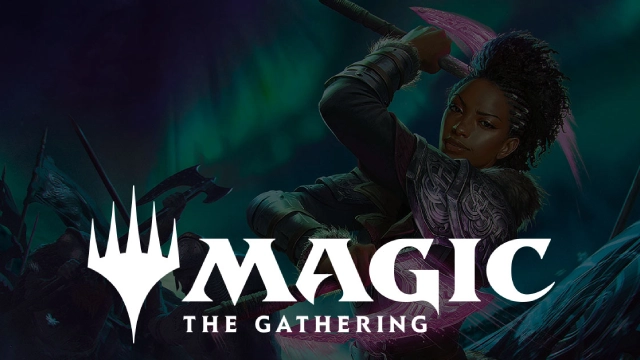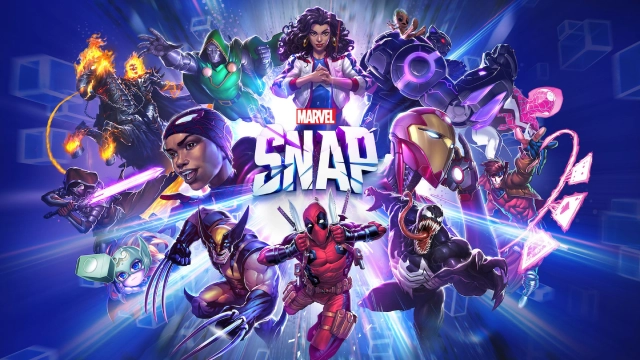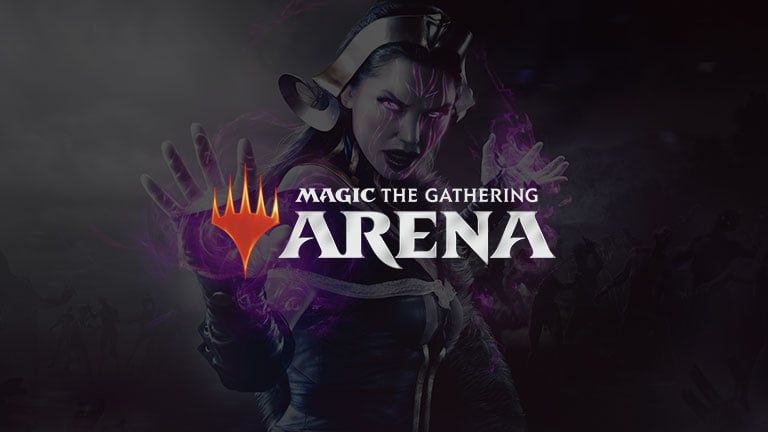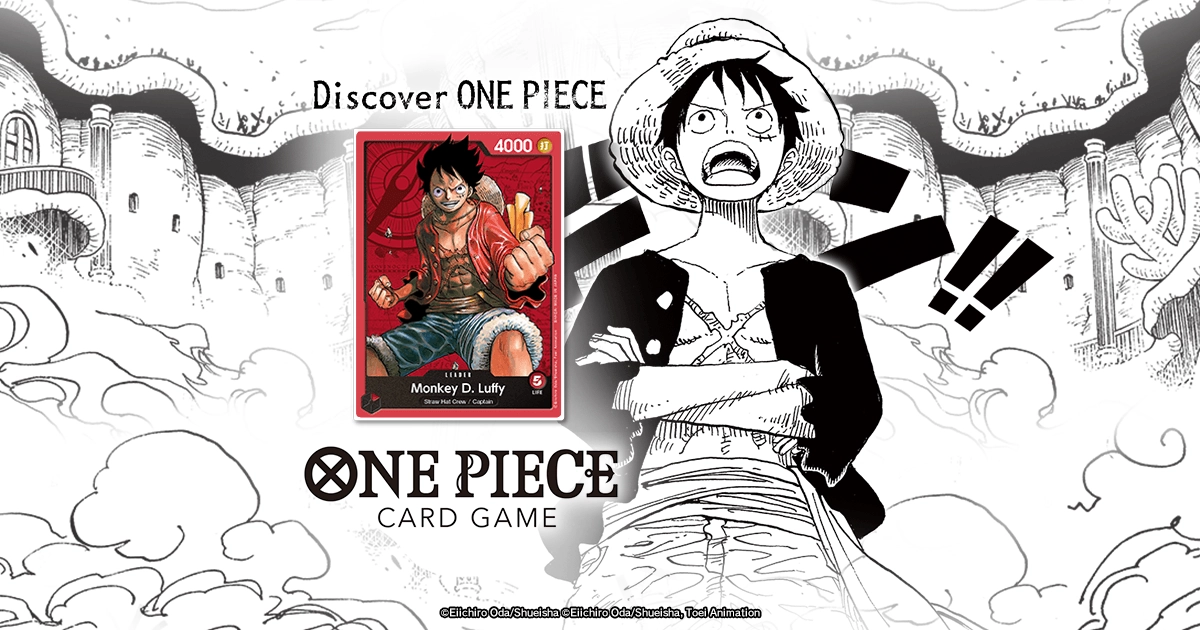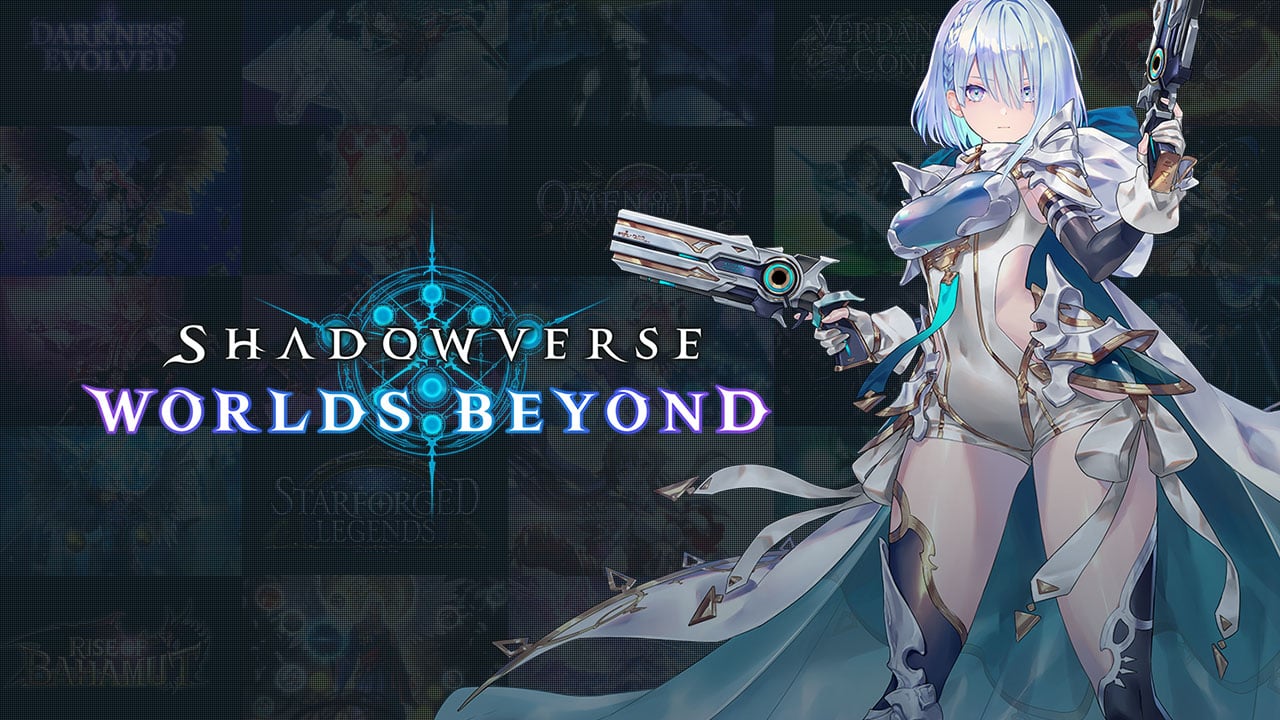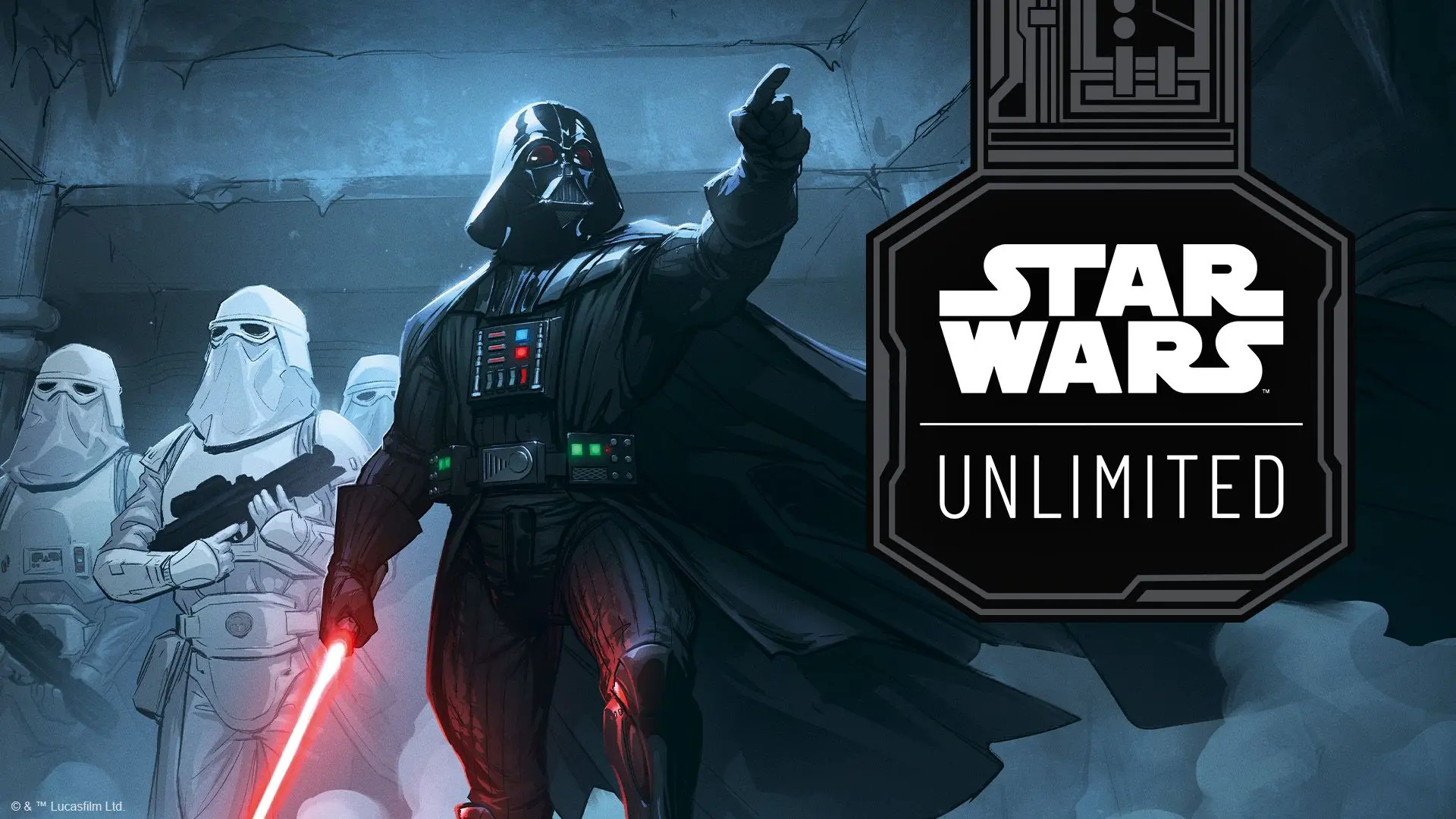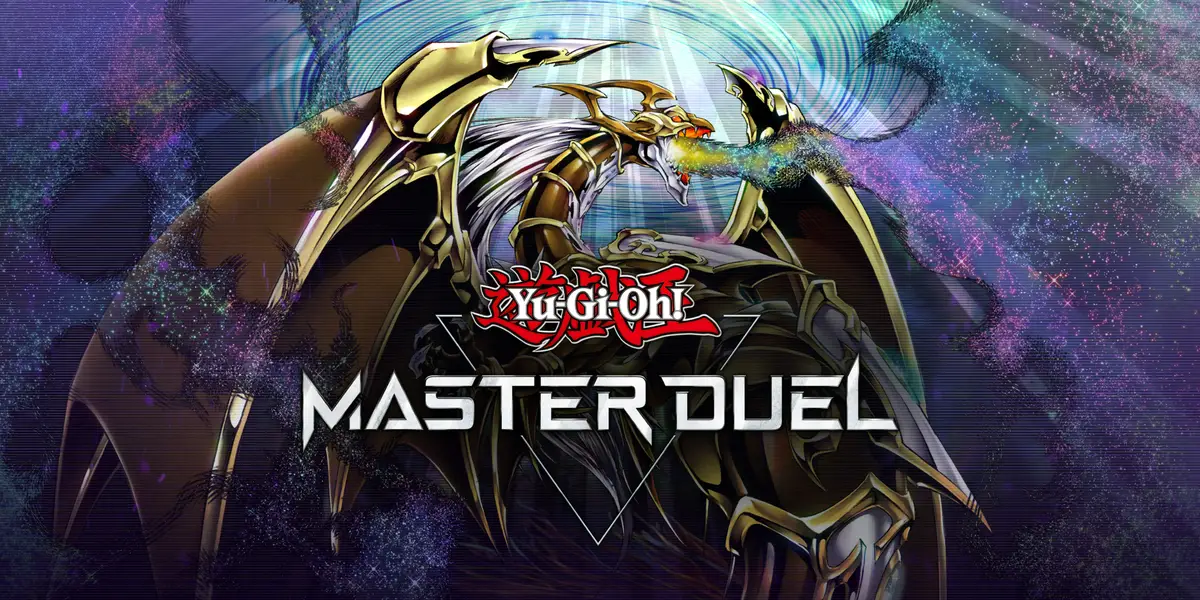With just six turns to play in a game and 21 Energy total, Marvel Snap is routinely described as a rather simple game for building a cohesive gameplan. In other popular card games, you don't know how long the game will go or how many resources you will need; therefore, the ability to reuse some of your cards and extend their value can have a lot of upsides.
On the other hand, Marvel Snap is fast-paced and limited in time, making strategies don't consider using cards multiple times. Having an efficient curve that can follow from Turns 1 through 6, with cards increasing in power and leading to a climax on Turn 6 is most of the time preferred.
Deckbuilding in Marvel Snap isn't that simple. If you take a look at most decks, you should notice this pattern of building something in the first four or five turns and then trying to kill the match during the last one or two. Most or all of the popular archetypes follow this trend. Most archetypes, except one: Bounce. This archetype barely plays any cards with a cost higher than three, and while they tend to keep their big power spike for...
This exclusive content is available for Premium members!
Access everything we have to offer Premium members including this article! Get an edge over your competition!

⭐ Premium
Enjoy our content? You can Support Marvel Snap Zone and your favorite content creators by subscribing to our Premium community! Get the most of your Marvel Snap experience with the following perks for paid membership:
- No ads: Browse the entire website ad-free, both display and video.
- Exclusive Content: Get instant access to all our Premium articles!
- Meta Reports: Exclusive daily meta reports, such as the Ultimate Card Metrics Report, Top 10 Decks of the Day, Top 30 Cards, and Top Card Pairs tailored for you!
- Team Coaching: Join our free weekly team coaching call sessions on the Discord server. Claim your Premium role and gain access to exclusive channels where you can learn and discuss in real time!
- Premium Dashboard: Get full instant access to the member-only dashboard, the all-in-one page for all your benefits.
- Support: All your contributions get directly reinvested into the website to increase your viewing experience! You get also get a Premium badge and border on your profile.
- Special offer: For a limited time, use coupon code SBYREX4RL1 to get 50% off the Annual plan!
Already a member? Login below:
den
Den has been in love with strategy games for as long as he can remember, starting with the Heroes of Might and Magic series as a kid. Card games came around the middle school - Yu-Gi-Oh! and then Magic: The Gathering.
Hearthstone and Legends of Runeterra has been his real breakthrough and he has been a coach, writer, and caster on the French scene for many years now. He now coaches aspiring pro players and writes various articles on these games.
More Articles

Good Cards Darkhawk Detailed Deck Guide: The Ultimate Marvel Snap Toolbox

Cerebro 2 & 3 Detailed Deck Guide: Equality For All!

Thanos Lockjaw Detailed Deck Guide: Flexibility and Potential Meet in One Deck

Mister Negative Detailed Deck Guide: Marvel Snap in Black and White

Discard Dracula Detailed Deck Guide: Less Cards, More Points!

Lockdown Detailed Deck Guide: The Pillar of Disruption

Electro Ramp Detailed Deck Guide: The Simpliest Way to Be at the Top!

